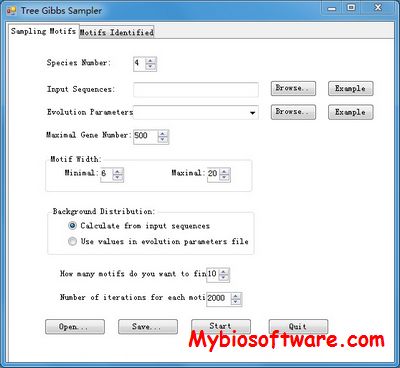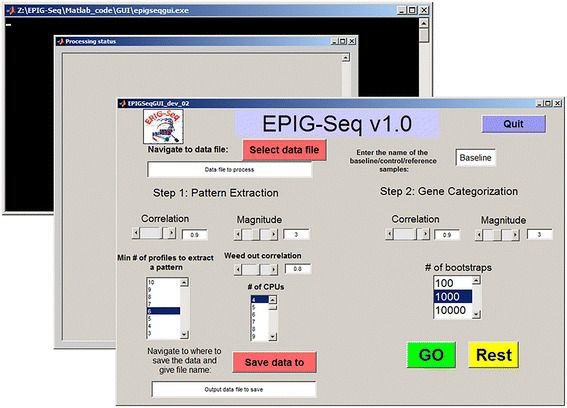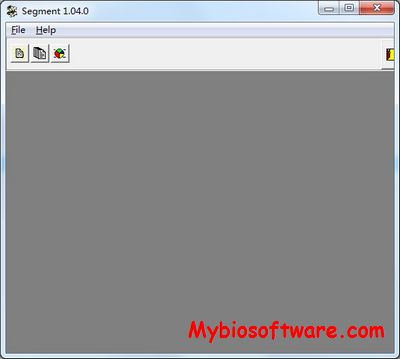PlantPAN 2.0
:: DESCRIPTION
PlantPAN (Plant Promoter Analysis Navigator) is a database-assisted system for recognizing combinatorial cis-regulatory elements with distance constraint in plant co-expressed genes.
::DEVELOPER
Integrative System Biology Laboratory
:: SCREENSHOTS
N/A
:: REQUIREMENTS
- Web Browser
:: DOWNLOAD
 NO
NO
:: MORE INFORMATION
Citation:
PlantPAN 2.0: an update of plant promoter analysis navigator for reconstructing transcriptional regulatory networks in plants.
Chow CN, Zheng HQ, Wu NY, Chien CH, Huang HD, Lee TY, Chiang-Hsieh YF, Hou PF, Yang TY, Chang WC.
Nucleic Acids Res. 2015 Oct 17. pii: gkv1035.
BMC Genomics. 2008 Nov 26;9:561. doi: 10.1186/1471-2164-9-561.
PlantPAN: Plant promoter analysis navigator, for identifying combinatorial cis-regulatory elements with distance constraint in plant gene groups.
Chang WC, Lee TY, Huang HD, Huang HY, Pan RL.



